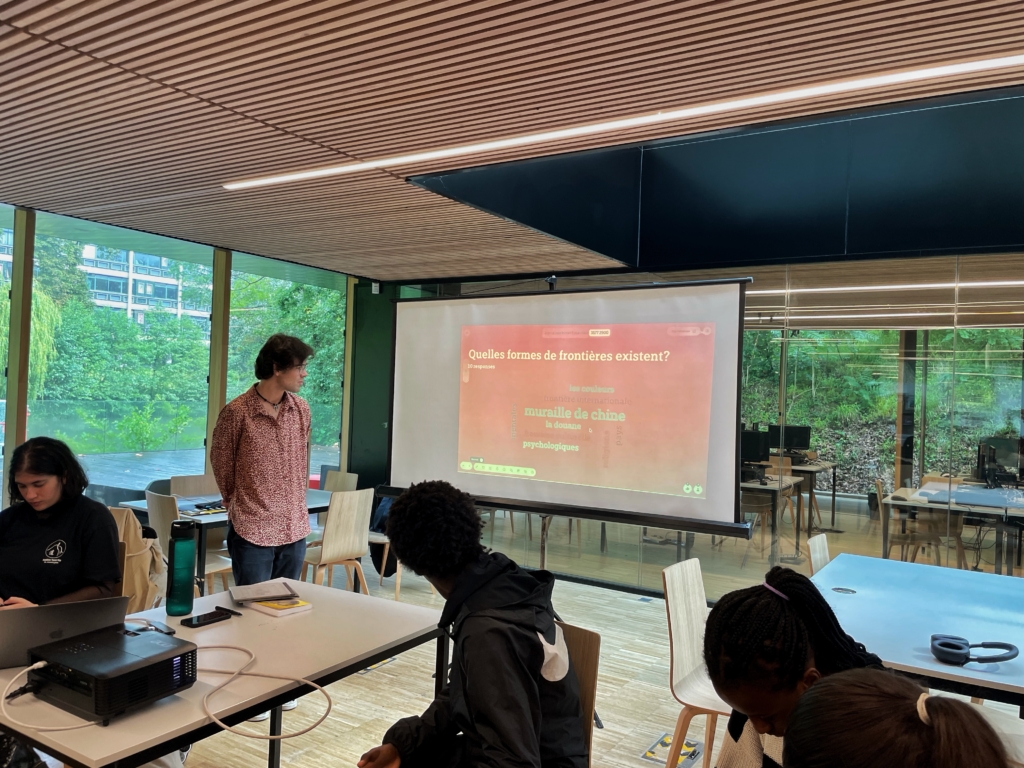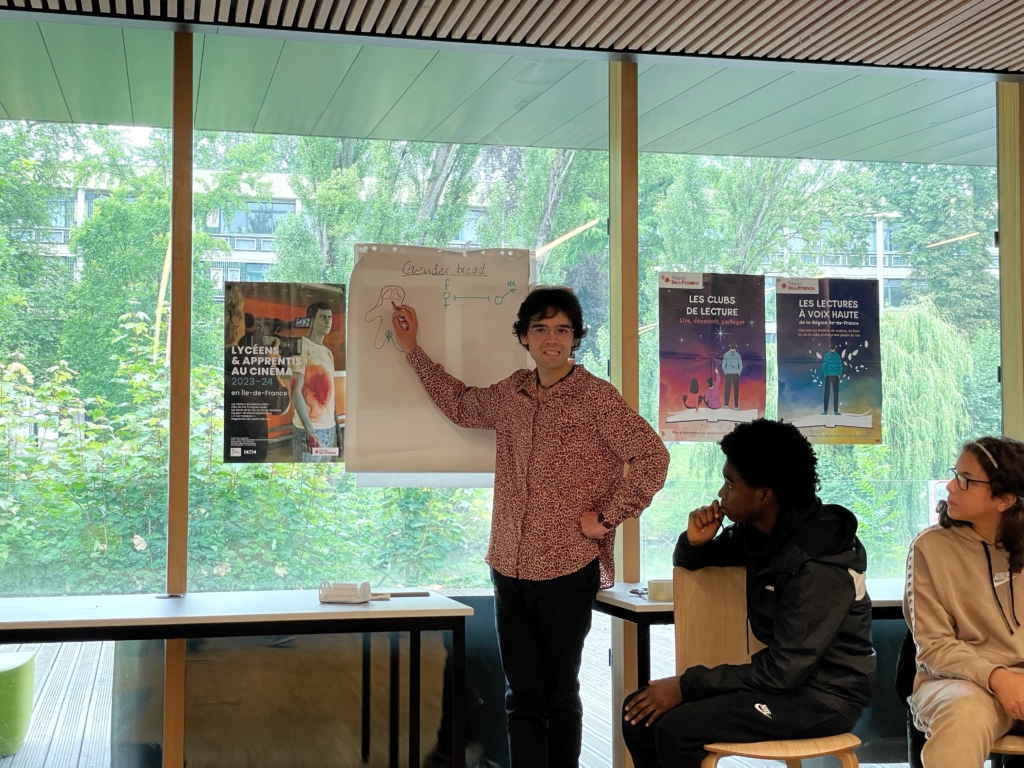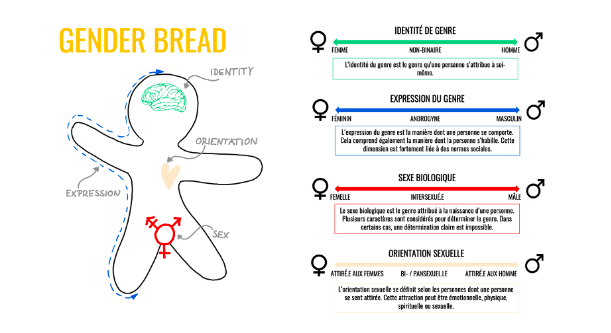Workshop on queer inclusion: Educating and inspiring students at Lycée Schweitzer

From 17 to 24 June, La Transplanisphère organised a group workshop for students from the Lycée Albert Schweitzer.
They had the opportunity to gain an insight into our work through workshops on a range of topics, from the climate crisis and its possible solutions to the concept of collaboration. Our intern Finn Zappel shared his knowledge of queer issues in one of the workshops. Let’s have a look at his session!
What does ‘queer’ mean?
Part of society turns a blind eye to this word and lumps it in with what is sometimes called ‘wokism’ – a rather vague word created by right-wing and far-right political movements to describe left-wing discourse. It seeks to avoid being more precise so as not to have to confront the problems of this discourse and to stigmatize it as a left-wing eccentricity out of touch with reality.
The word ‘queer’ is also rather vague. But in this case, the aim is not to stigmatise a discourse, but to keep it open to new points of view. For this reason, the queer discourse is deliberately very dynamic.
Understanding of the word queer is varied. This means that its meaning has to be updated each time, which makes a strict definition
almost impossible. In general, it refers to sexual and gender identities. Sometimes it excludes certain identities. This is often the case for people who identify as heterosexual. For our trainee Finn, the word is fundamentally about inclusivity. In the sense that it includes all sexual and gender
identities that refuse to be excluded from a particular group.

This assumption makes the complexity of queer issues more accessible. It’s hard enough to list all the different sexual and gender identities. That’s why the word ‘LGBT’ is often extended to ‘LGBTQIA+’, with the ‘+’ still indicating the absence of certain concepts. Here are some of those terms to give you a better idea:
– Homosexuality
Refers to people who feel attracted to people of the same gender.
– Asexuality
Refers to people who do not feel sexually attracted to other people, but who may have other forms of attraction. This form differs for each person
– Bisexuality
Refers to people who are attracted to people of the same gender as them as well as people of a different gender.
– Trans
Includes people who have been born with the wrong gender and have to find their true gender.
The more complete list has been published by the Government of Canada and is called the “Gender and Sexual Diversity Glossary”.
To help the workshop participants find their way around these terms, we used the teaching tool ‘Gender Bread’. It helps to distinguish between sexual orientations and gender identities and to understand the relationship between them.

But Gender Bread is limited by the fact that it is structured around the binary system, i.e. the two poles of femininity and masculinity. Scientific research, such as that of Judith Buttler, shows that the binary system is a social and even biological construct. There is no absolute gender. For example, the hormone oestrogen is commonly thought of as feminine, even though it is produced by all bodies. Intersex people demonstrate the limitations of a binary system. These are people whose biology does not correctly assign them to either male or female gender. For example, a person may have a set of chromosomes that are considered female, but a body that is considered male. The reason for these phenomena is the complexity of the biological creation of gender.
It is therefore clear that there are many more genders than two. One theory even suggests that there are as many genders as there are people. How society wants to organise these individual genders is an open question. The binary system is presented as one possible organisation among many others. Non-binary people claim the freedom to go beyond this system. They refuse to assign themselves to a male or female gender and claim another designation that can vary from person to person.
Challenging the binary system is another dimension of the word queer. It is about questioning existing norms and systems. It brings up the question of how we want to organise our individuality. Society can move beyond its binary system where individuals are strictly divided into two categories. This also applies to heteronormativity, which says that men and women should only love each other. Sometimes these expectations do not correspond to a person’s identity, which causes a number of problems for the person concerned. This is not because they are strange or sick, but because they are confronted with false expectations. A person’s identity cannot be changed. Conversion therapies or other attempts hidden behind the term ‘medical care’ have no scientifically proven effect. But society can change its expectations to include all people.
The queer approach confronts people’s individuality and avoids putting them into a certain system linked to a series of expectations. It’s not about forbidding people from identifying as male or female and loving the other gender. But it is about opening the door to conscious reflection on one’s own identity. It is a shift from passive identification through others to active identification through oneself. In this way, this approach contributes to personal fulfillment that enriches the world.
